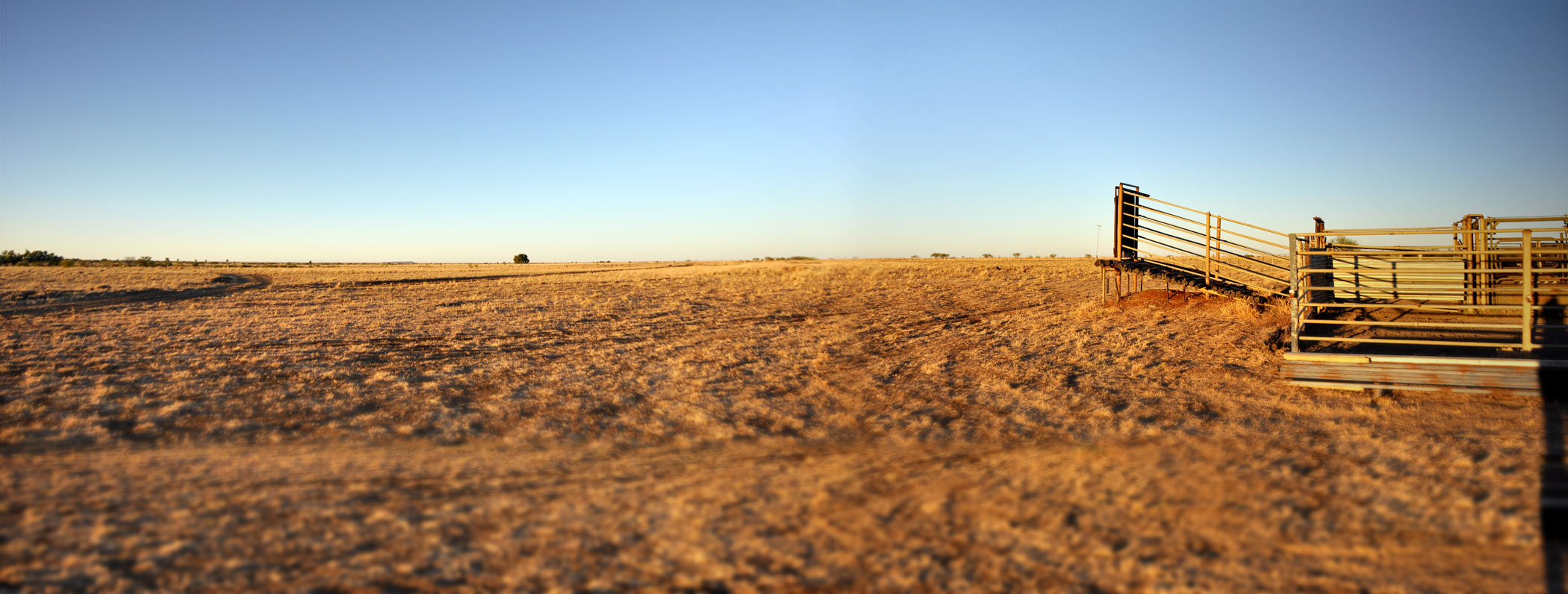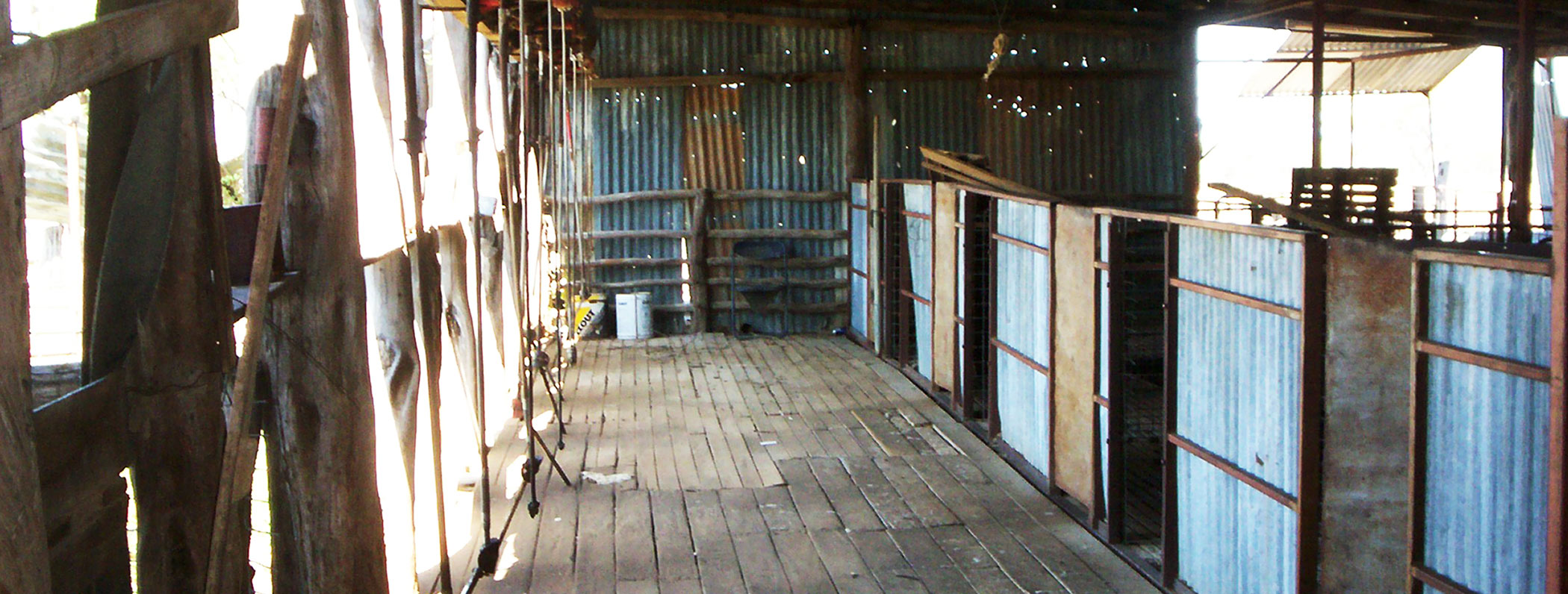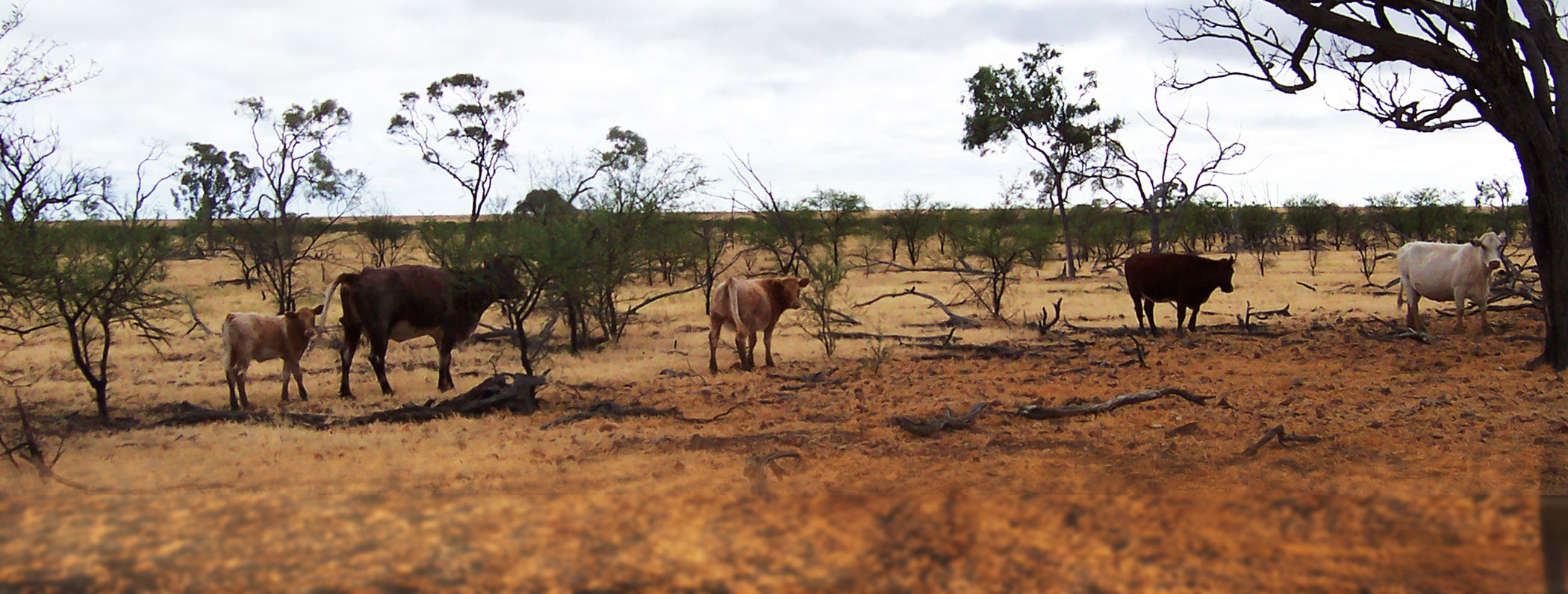Personal Details
| Surname | Raynor |
|---|---|
| First name | John |
| Middle name | Henry |
| Date of death | 07/10/1880 or 08/10/1880 |
| Age at death | 45 - 50 years |
| Cause of death | Thomas Cleg having inflicted a stab wound to the left side of breast penetrating the heart. |
Details
The Acacia Dam Murder – October 1880
Aramac
[FROM OUR OWN CORRESPONDENT.]
October 20,
The body of a man, stabbed to the heart, has been found in the dam near Muttaburra. It is evident that a murder has been committed. The clothes of the deceased had been burned in the camp fire, and there is as yet no clue to his identity.
The Brisbane Courier – Thursday 21 October 1880 – Page 2 of 4
Aramac.
[FROM OUR OWN CORRESPONDENT]
November 2
John Raynor, who was arrested last week for the murder of the man whose body was found in the Acacia dam, near Muttaburra, committed suicide last evening by cutting his throat with a knife which the constable had lent him to eat his meals with.
The Brisbane Courier – Wednesday 3 November 1880 – Page 2 of 6
The Acacia Dam Murder.
In the Courier of October 21 there appeared the following telegram from Aramac :
“The body of a man, stabbed to the heart, has been found in the Acacia Dam, near Muttaburra. It is evident that a murder has been committed. The clothes of the deceased had been burned in the camp fire, and there is as yet no clue to his identity.”
On Tuesday last a telegram announced the arrest of a man named John Raynor, at Bowen Downs, on suspicion of having committed the murder, and on the day following came the intelligence that Raynor had committed suicide by cutting his throat. Below we publish some details respecting the finding of the body of the murdered man, and the discovery of certain clues to the murderer, supplied by our Aramac correspondent, which will be read with interest. We are as yet unable to say whether Raynor’s description tallies with that of the man described by our correspondent as having been in the company of the man whose body was found in the dam, or on what grounds suspicion fell upon Raynor. All this will doubtless appear at the investigation into the latest phase of this horrible tragedy. Our correspondent writes, under date 21st ultimo: –
“There is every reason to believe that a most foul and cold-blooded murder has been perpetrated at a dam on the Muttaburra road, distant about seven miles from that place. A benighted horseman being thirsty, took occasion to dismount for a drink. He had stretched himself out on a projecting root, and was about to imbibe, when he observed something in the water. He put his hand to it, and, to his horror, discovered a corpse within a few inches of his face. He was quickly in the saddle, and pushed on for Muttaburra, and reported the matter to the police. Early next morning Mr. Edkins, accompanied by Dr. Harris and the senior constable, proceeded without delay to the spot in order to hold the enquiry prescribed by law. No foul play was suspected, the belief being that the poor follow had drowned himself in a fit of delirium tremens. The body was drawn to land and Dr. Harris proceeded to examine it. It was almost nude, being only clothed in a cotton singlet. Round the neck was a broad leather strap; this the doctor removed. He then discovered a stab in the side that had apparently been made by an ordinary sheath knife. Opening the body he found the knife had penetrated to the heart, and must have caused immediate death. In his opinion, the wound could not possibly have been self-inflicted. The party buried the body and made a search round about, but could discover nothing. The corpse, I should mention, was considerably decomposed; the face was completely gone; there was, however, a little hair at the back of the head. In the doctor’s opinion death must have occurred at least a week previously. Deceased seemed to be about 50 years of age, and 5ft. 6in. in height.
The next day the senior-constable returned with some black trackers to make a further search. They found the remains of a camp fire, in which articles of clothing had evidently been burned. Among the ashes were several buttons. Leading from the camp fire to the water was a smooth track, along which the body had apparently been dragged by the strap found round the neck. On searching the water they found a new pair of remarkably heavy blucher boots, with plain (not furrowed) iron tips round the heels; a piece of white blanket, and a pair of gray blankets sown with black thread to a pair of red, both pairs very old; also a new canvas water-bag slit on one side, so as to make it sink; also a piece of soap, and a new tin pannikin marked on the side with a triangle about half an inch high and the eighth of an inch at the base. The triangle was shaded with small lines.
Returning to Muttaburra it was ascertained that two men had been noticed to pass through that township about a week previous. One of them .was of the supposed age and stature of the deceased, and wearing boots similar to those found in the water. The other was a younger and taller man, with a broad strap round his swag of the same kind as that found about the neck of the corpse. The elder man had money, and said he was going down to Sydney for a spell. They only stayed about an hour in the town; the older man paid for everything, the younger one appearing to have no money whatever. The young man seemed to be impatient, and was constantly urging his companion to come on. The boots, water-bag, and pannikin were not purchased in the township, but must have been procured further west, most probably at some station. The old man’s swag was rolled in calico, and it is not known whether the blankets belonged to him or to the murderer. It is not known whether the old man had his money in notes or cheques. He paid silver for the small purchases made at Muttaburra. These are all the circumstances I have been able to procure as yet. The most rational supposition is that the unfortunate man was stabbed to the heart while asleep by his travelling companion for the sake of the money he was known to have about him.
With all his cunning, the murderer has left several clues, which, if properly followed up, may lead to his detection. His great safe-guard lies in the fact that any person who may give information exposes himself to the risk of a heavy pecuniary loss. The allowance for the expenses of witnesses is altogether inadequate. Indeed it does not cover the coach and railway fares to Rockhampton and back. Is it too much to ask that the Government should offer free passes to Rockhampton and back, and reasonable compensation for loss of time, to any individual who may come forward with evidence? It would be an evil precedent to permit the miscreant who perpetrated this most foul and cowardly murder to escape the penalty that his crime merits.”
The Brisbane Courier – Thursday 4 November 1880 – Page 3 of 4
THE MOUNT CORNISH: MURDER.-The mate of the man who was found murdered in the Acacia dam, was apprehended on Thursday. He had taken the name of the old man, and the other evidence against him was so conclusive that he was committed for trial without delay. On Saturday, however, the guilty Wretch managed to possess himself of a knife, and put an end to his existence. An inquiry was held in the usual course, and thus quickly terminates what is known as the Mount Cornish tragedy.
[Source: Champion The Morning Bulletin. ROCKHAMPTON. (1880, November 15). Morning Bulletin (Rockhampton, Qld. : 1878 – 1954), p. 2. http://nla.gov.au/nla.news-article52022811
Editor’s Note: As stated in this last article the actual murdered person was John Henry Raynor who was murdered on the about the 7th October 1880, and was a 45 to 50 year old labourer. The murderer was Thomas Cleg , a shoe maker, who committed suicide in the Muttaburra Lock-up. Thomas was about 60 years old.
Cemetery Record
Download the Cemetery Map| Cemetery | Mt Cornish - 10 Mile Dam |
|---|---|
| Location | Bush Graves |
| Occupation | Apparently a labourer |
| Date of funeral | 15/10/1880 |
| Comment | Murdered by Thomas Cleg |



